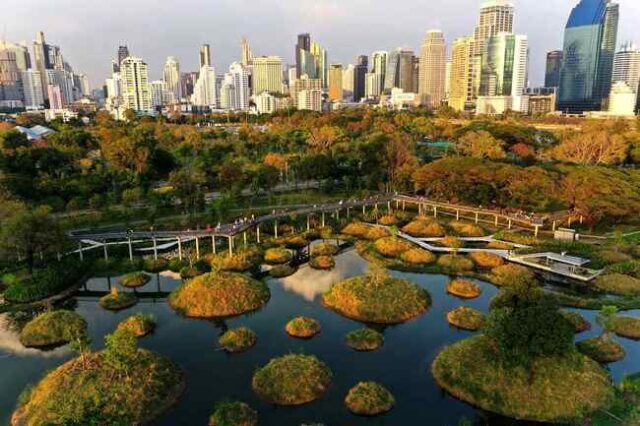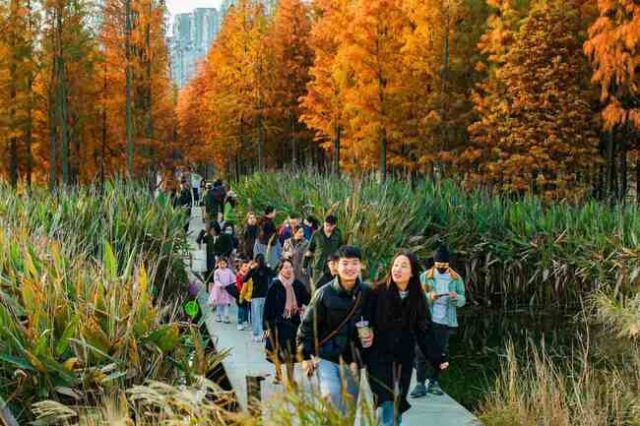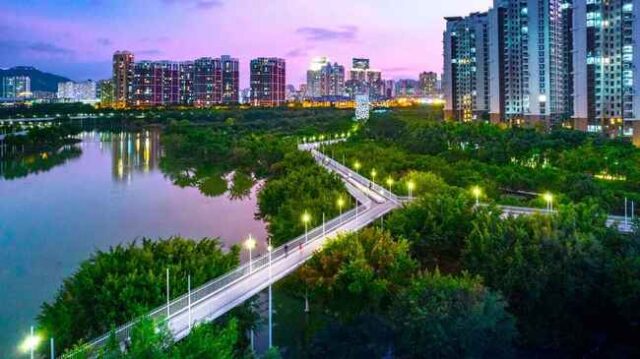
The concept of “sponge cities” in China, pioneered by landscape architect Yu Kongjian, represents a transformative approach to urban flooding by harnessing the natural environment. Yu’s firm, Turenscape, has spearheaded numerous projects across China that employ native plants, soil, and strategic design to absorb and channel rainwater away from urban areas. Unlike traditional flood control methods, such as concrete barriers and drainage systems, Yu’s nature-based solutions are flexible, cost-effective, and require minimal maintenance. In a country where 641 out of 654 large cities face regular flooding, this innovative approach is crucial. Yu argues that relying solely on artificial structures to control water is a flawed strategy, as they can be inflexible and expensive, often requiring constant upkeep. Instead, by reimagining urban landscapes as “sponges” that work with nature rather than against it, Yu’s projects mitigate flooding while simultaneously restoring polluted or abandoned lands.

Turenscape’s sponge city projects have become a model of sustainable urban design, blending ecological restoration with urban resilience. Examples like Nanchang Fish Tail Park and Sanya Mangrove Park showcase how Yu’s vision not only addresses flooding but also revitalizes environments, turning degraded sites into vibrant, functional landscapes. These parks, built on formerly polluted or barren land, now serve as thriving ecosystems that also provide recreational spaces for millions of people. The adaptability of sponge cities allows for targeted, efficient interventions that create interconnected webs of green spaces capable of managing rainwater. In cities like Wuhan, where over 300 sponge projects have been implemented, the cost of these green infrastructure solutions was significantly lower than traditional concrete-based alternatives. This success has earned Yu international recognition, including the $100,000 Oberlander Prize, highlighting the global relevance of his nature-based solutions for urban challenges.















